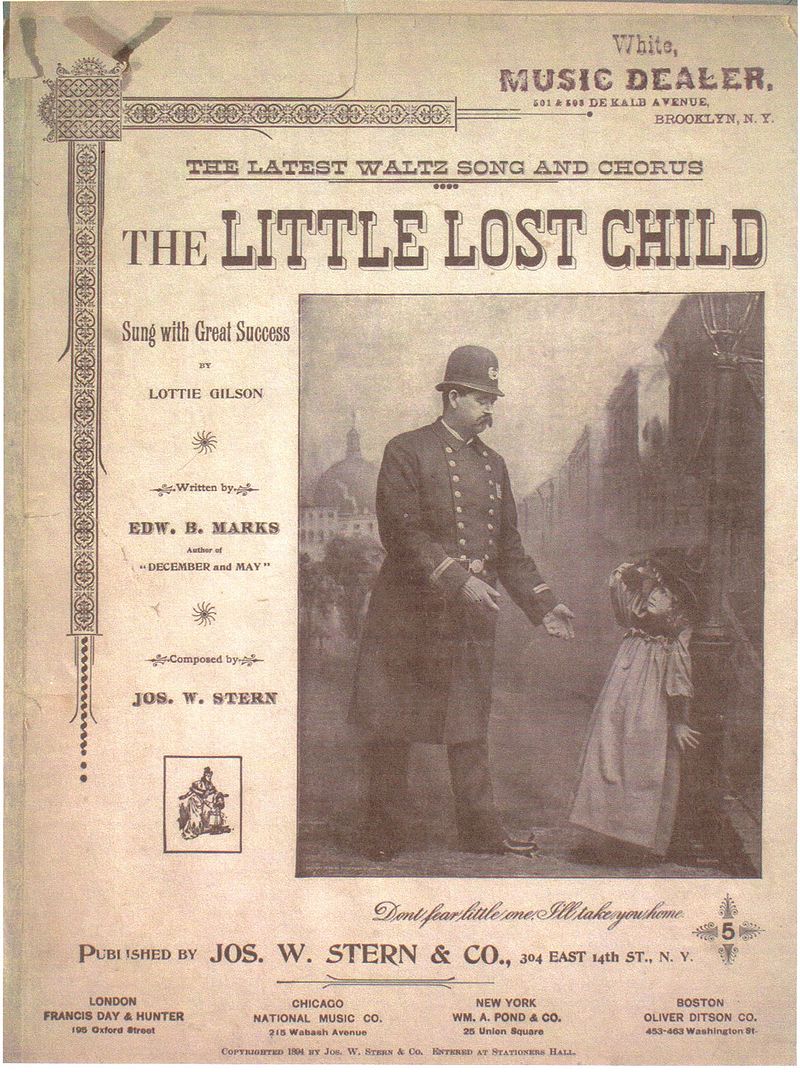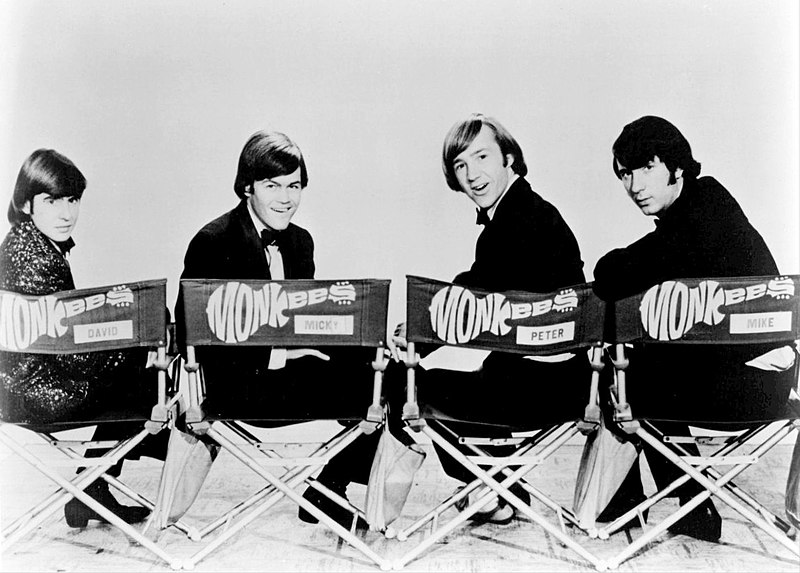Music videos have been a part of pop culture for many years, but before the 1980s, music videos were quite scarce and were not really known worldwide. Today, singles or hits are almost always accompanied by music videos, and many artists and their production crews have creative ways of creating these videos, like incorporating the lyrics of the song into the story within the video.
So, how did music videos become so popular today when it wasn’t really known before the 80s? The answer lies in the creation of MTV, an American cable channel that was launched in 1981 to air music videos and music-related shows. To know more, here are the origins of MTV and the popularization of music videos.
Music Videos Before MTV
Before the creation of MTV in 1981, music videos had already existed for decades. It is believed that the first music video was created by musicians Joseph Stern and Edward Mark in 1894. The music video that the two men created was a moving slide that was set to play alongside a recording of their song titled “The Little Lost Child.” The two men marketed the music videos as an “illustrated song.” Although many people didn’t have a machine that could play the illustrated song, Stern and Mark were still able to sell more than 2 million copies of its sheet music. [1]
The first feature-length motion picture that had synchronized music and lip-synced singing and speaking, The Jazz Singer, was considered to be very influential in the popularization of musical films and music videos. The Jazz Singer was released in 1927 and is based on the play of the same title written by Samson Raphaelson and released in 1925. Besides being influential for musical films and music videos, The Jazz Singer also signified the end of the silent film era, as production companies have found an effective and efficient way of adding sound to motion pictures.
In the 1960s and 1970s, some musical acts like the Beatles, Queen, and Bob Dylan already had music videos that accompany their songs, but there were little to no platforms where the music videos could be shown to the audience. Most of the music videos that were created during those decades were shown on television networks, while some were shown in theaters.
PopClips: The Predecessor of MTV
In 1979, a group of executives at the Warner-American Express Satellite Entertainment Company (which was newly formed during that time) held a meeting where they discussed how to create a television format that catered towards teenagers, who were overlooked by other TV and cable companies and could potentially raise a business’s profits.
The unique format of MTV was originally created by TV executive Robert W. Pittman, who would later become the president and CEO of MTV. He first tested the popularity of the format by producing and hosting a 15-minute show called “Album Tracks,” which was aired on New York’s WNBC-TV in the late 70s. The show aired different music videos from various singers, bands, and musical acts.
The then-executive vice president of Warner, John Lack, approved the creation and airing of a music television program called “PopClips,” and this program served as the direct predecessor of MTV. PopClips was the idea of Michael Nesmith, a former member of the pop-rock band The Monkees. [2] Nesmith created the TV show as a promotional platform for the musical artists and groups that are signed under Warner Communications’ record division. It is in the show where a job or role called “VeeJay,” “VJ,” or “Video Jockey” was introduced.
A “VJ” is an announcer or host of a program that showcases various music videos and live performances. The first “VJ” for PopClips was an actor named Jeff Michalski. The term would later be popularized in MTV, as the cable channel would hire different VJs and would even have guest VJs for various shows.
PopClips was aired weekly on Nickelodeon, a youth-oriented cable channel, from 1980 to 1981. The idea of showcasing music videos and hosting music-related programs would eventually inspire Warner to create a separate TV cable channel called MTV.
The Launch of MTV
MTV was officially launched on August 1, 1981. The first phrase that was aired in the launch of the channel was, “Ladies and gentlemen, rock and roll,” and this phrase was spoken by Warner executive vice president John Lack and was played over footage of the launch countdown for Columbia, the space shuttle that was used for NASA’s first successful orbital spaceflight, and footage of the Apollo 11, the first successful space flight to land on the moon.
The first music video shown on MTV was “Video Killed the Radio Star” by an English new wave band called The Buggles. [3] The music video was only available to homes in New Jersey, as the channel was not yet distributed in all areas of the United States during the early 1980s. The said music video was followed by “You Better Run” by rock singer and songwriter Pat Benatar.
During the first few months of MTV’s airing, the screen would often go black whenever the next music video was played, as an employee of MTV would have to manually change the tapes that were aired for the channel. By the late 1980s, MTV was already available in almost all US households with TVs. For a better idea of what homes in the 1980s looked like, and if you want your home to have 80s décor, you can read our Nostalgic 80s Home Décor Ideas.
The MTV Video Music Awards
The MTV Video Music Awards or VMAs is an awards show that was presented by MTV in order to honor the best and most popular music videos of the year. The statue given to the winners of the awards show is an astronaut, which is supposed to be a throwback to the launch of MTV as a cable channel. The astronaut statue was previously called the “Moonman,” but it was later changed in 2017 to “Moon Person.”
The first Video Music Awards was held in 1984, and it featured an iconic performance from Madonna, who was singing her hit “Like a Virgin” while wearing a highly stylized wedding gown. The first winner for Best Female Video was Cyndi Lauper for “Girls Just Want to Have Fun.” [4]
The first ever Video Vanguard Award, which is given to people who helped pioneer music video, was given to The Beatles, David Bowie, and renowned music video director Richard Lester. The Video of the Year Award was given to The Cars for “You Might Think.”
The popularity of the mentioned music videos was also influenced by how music became more accessible in the 80s. The Sony Walkman, a portable audio player, was one of the gadgets responsible for the accessibility of music in the said decade. If you want to give a Sony Walkman and other 80s-related items to your friends or family members, check out our Nostalgic 80s Gift Ideas.
MTV’s Shift to Reality TV and Animation
Throughout the late 1990s, MTV showed fewer music videos, as the appeal or novelty of only having shows or programs that showcase music videos faded. So, in order to maintain their audience, the executives of MTV decided to produce and air programs that are vaguely related to music but are interesting and trendy.
During the early 2000s, reality TV shows were becoming more and more popular, and to capitalize on the trend, MTV produced a reality show called “The Osbournes.” The said show followed the life of Ozzy Osbourne, the famous original frontman for the metal band Black Sabbath who also had a successful solo career, and his family. It was through the show that Sharon Osbourne, Ozzy’s wife and manager, was able to launch her career as a talk show host and competition judge. The Osbournes aired from 2002 to 2005.
It was also in the 2000s when MTV decided to venture into animation for adults. One of the channel’s most popular animated shows was Celebrity Deathmatch, which was produced using clay figures and stop-motion animation. Celebrity Deathmatch depicted parody versions of various celebrities who fight in professional wrestling matches. The original series aired from 1998 to 2002, and the show received a revival from 2006 to 2007.
A reality TV show that became controversial in the late 2000s was Jersey Shore, which ran from 2009 to 2012. The show focuses on the lives of eight housemates who are staying together at a vacation home in Seaside Heights, New Jersey. But for season two, they stayed in South Beach, Florida, while they vacationed in Florence Italy for the fourth season.
Jersey Shore became controversial for its depiction of New Jersey as a chaotic state and Italian-Americans as extreme and obnoxious party-goers. Interestingly, two of the most popular cast members of the show, Snooki and JWoww were not ethnically Italian, and most of the cast members were not actually from New Jersey. [5] Despite the controversies surrounding Jersey Shore, the show still became one of MTV’s most popular creations, and it even became a pop culture phenomenon, as the show and its cast members were constantly referenced in other TV shows and news programs.
Despite the channel’s shift to produce different TV show genres, MTV still had programs that were focused on music. A very popular TV special that MTV produced is MTV Unplugged, which featured artists and bands playing their songs using acoustic instruments. MTV Unplugged first aired on November 26, 1989, and the first episode featured English rock band Squeeze, rock singer and songwriter Syd Straw, and Elliot Easton (known for being the lead guitarist of The Cars).
Many of the musical acts that performed at MTV Unplugged would release their acoustic performance as an album, and some of the Unplugged albums would become critical and commercial hits. Some of the most popular MTV Unplugged albums include Eric Clapton’s Unplugged (1992), Mariah Carey’s MTV Unplugged (1992), and Nirvana’s MTV Unplugged in New York (1994).
MTV in the 2010s and Beyond
In 2010, MTV decided to drop the “Music Television” branding in order to have a much wider reach and gain audiences that are not entirely focused on watching music videos and music-related programs. However, by the mid-2010s, the executives of MTV started to bring back music programming by reviving MTV Unplugged and hosting live performances.
MTV also began producing scripted programming, which included TV shows such as Awkward, the American version of the popular British drama Skins, and a reimagined version of Teen Wolf, which was originally a 1985 comedy film starring Michael J. Fox, who is best known as Marty McFly in the Back to the Future trilogy.
MTV also continued to produce and host the Video Music Awards annually. The VMAs is considered MTV’s most watched show and is influential in popularizing music videos among different generations. Although MTV has reduced the amount of music videos that they showcase daily, their influence in music videos and the music industry as a whole is undeniable.
References
[1] TeachRock. (n.d.). The History of Music Videos. TeachRock. Retrieved August 30, 2023, from https://teachrock.org/lesson/from-illustrated-songs-to-the-music-video-a-history-of-sound-and-image/
[2] Getlen, L. (2017, April 22). This fake rocker helped create MTV. New York Post. Retrieved August 30, 2023, from https://nypost.com/2017/04/22/how-a-fake-rocker-helped-create-mtv/
[3] Douris, R. (2021, July 30). The First 100 Videos Played on MTV. NPR. Retrieved August 30, 2023, from https://www.npr.org/sections/world-cafe/2021/07/30/1021813462/the-first-100-videos-played-on-mtv
[4] Grein, P., & Calcagno, M. (2022, August 22). Photos From the First MTV Video Music Awards & Afterparties in 1984. Billboard. Retrieved August 30, 2023, from https://www.billboard.com/photos/first-mtv-vmas-1984-photos-1235129192/2-billy-idol-mtv-vmas-1984-billboard-1240/
[5] Nocera, G. (2023, July 23). The Two Jersey Shore Original Cast Members Who Are Not Italian Explained. ScreenRant. Retrieved August 30, 2023, from https://screenrant.com/jersey-shore-snooki-jwoww-not-italian-heritage-explanation/




